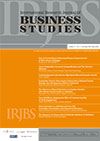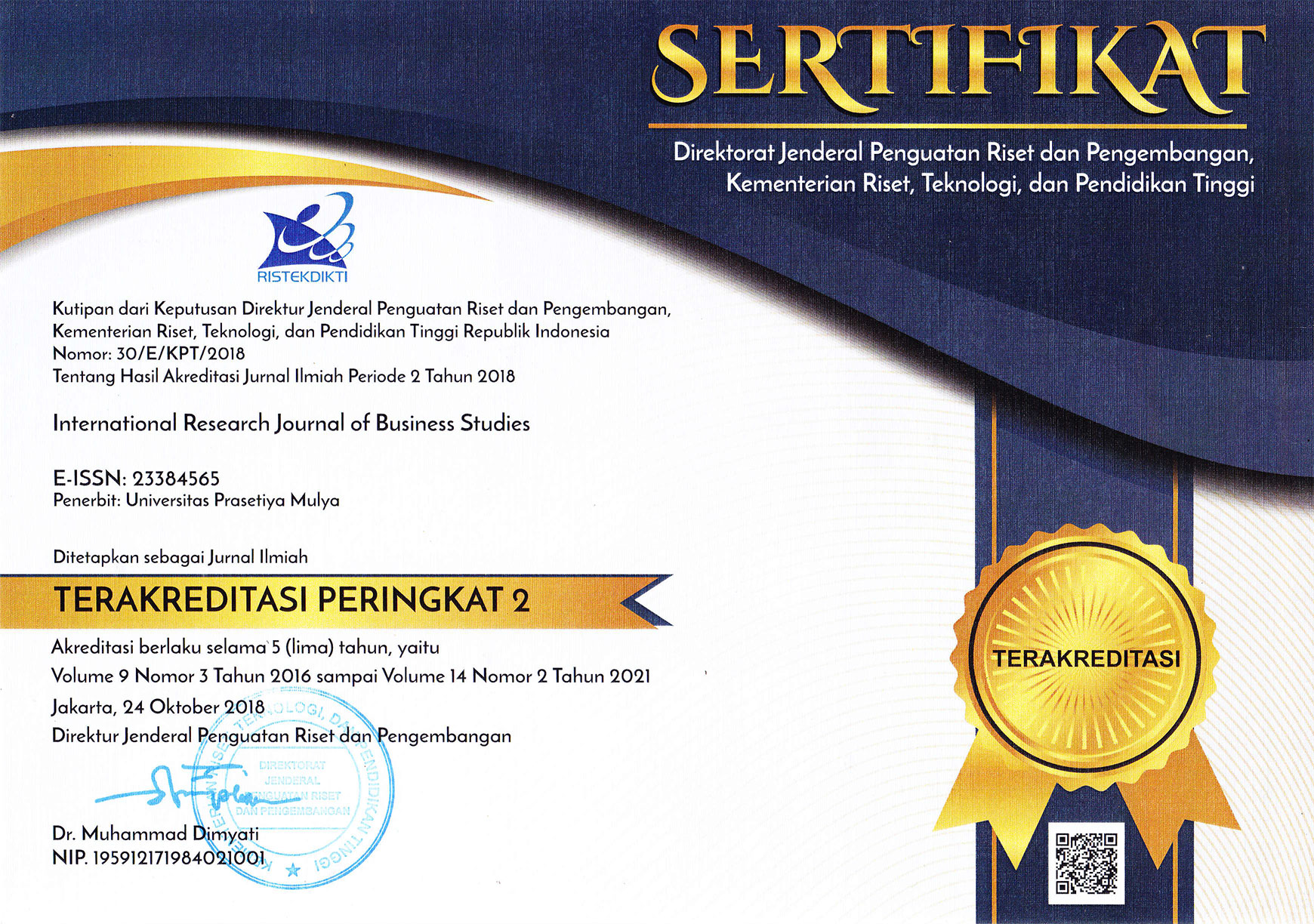Sources of New Life Insurance Product Ideas in LIC of India
DOI:
https://doi.org/10.21632/irjbs.11.1.1-8Keywords:
Actuary, Competitors, IRDAI, LIC of India, Life InsuranceAbstract
The present complex nature of market has created sturdy challenges before the business world in the form of designing right product, right price, right placement and right promotion. In order to survive and thrive, a marketer has to focus on these challenges. Amongst, right product is most crucial which requires good and feasible ideas in all industries including life insurance. In fact, life insurance is perceived as an unsought and complicated financial product in India. The present paper is a humble attempt to examine the sources of new life insurance product ideas in LIC of India. The findings of the present study include the sources into six groups such as key stakeholders, workforce, organizational documents and other sources, research unit, competitors, and national and international source. It may be noticed the key stakeholders like Insurance Regulatory and Development Authority of India, actuary, top management, and policyholders play vital role in providing ideas in the new product development process of LIC of India.
References
Balasubramanyam, P. A., (2006). Life Insurance Product Pricing- Priorities for Insurer. IRDAI Journal, Hyderabad, September, 13-15.
Barik, Bhagabat and Patra, Rakesh , (2014). Emerging Trends in Insurance- A Study in Indian Life Insurance Industry. Abhinav National Monthly Refereed Journal of Research in Commerce and Management, Abhinav Publication, 3 6
Feriss, Andy, Kroll, Alice, and Brinkley, Charles, (2008). Key to Success in Life Insurance Product Development. Product Newsletters, Society of Actuaries, June, 71: 22-26 Retrieved from
Frylinck, Michael, (2012). Life Insurance Product Development: A Brief Overview. Retrieved from Documents
Gupta, Arti and Chuganee, Bhakti, (2001). LIC Learns to Tango. Insurance Choronicle, June-July Retrieved from www.icfaipress.org.
Kahn, Kenneth B., (2001). New Product Planning. Response Books Publication, A Division of Sage Pub., New Delhi, 24.
Khansili, Dinesh Chandra, (2004). A New Way of Thinking- Innovation in Product Design and Pricing by the LIC. IRDAI Journal, Hyderabad, 11, 6, 25-26.
Kipp, Richard and Snook Thomas, (2008). Designing New Health Insurance Products: Technical Consideration. Insurance Chronicle, The ICFAI University Press, Hyderabad, April, 42-51.
Rao, G.V., (2006). Product Development in Insurance. IRDAI Journal, Hyderabad, August, 14-17.
Rao, K.Rama Mohan Rao, (2007). Services Marketing, Pearson Education, New Delhi, I-impress, 132
Downloads
Submitted
Published
How to Cite
Issue
Section
License
Copyright (c) 2018 Furquan Uddin

This work is licensed under a Creative Commons Attribution-ShareAlike 4.0 International License.
Journal Author(s) Rights
For IRJBS to publish and disseminate research articles, we need publishing rights (transferred from the author(s) to the publisher). This is determined by a publishing agreement between the Author(s) and IRJBS. This agreement deals with the transfer or license of the copyright of publishing to IRJBS, while Authors still retain significant rights to use and share their own published articles. IRJBS supports the need for authors to share, disseminate and maximize the impact of their research and these rights, in any databases.
As a journal Author, you have rights to many uses of your article, including use by your employing institute or company. These Author rights can be exercised without the need to obtain specific permission. Authors publishing in IRJBS journals have comprehensive rights to use their works for teaching and scholarly purposes without needing to seek permission, including:
- use for classroom teaching by Author or Author's institution and presentation at a meeting or conference and distributing copies to attendees;
- use for internal training by the author's company;
- distribution to colleagues for their research use;
- use in a subsequent compilation of the author's works;
- inclusion in a thesis or dissertation;
- reuse of portions or extracts from the article in other works (with full acknowledgment of the final article);
- preparation of derivative works (other than commercial purposes) (with full acknowledgment of the final article);
- voluntary posting on open websites operated by the author or the author’s institution for scholarly purposes,
(But it should follow the open access license of Creative Common CC-by-SA License).
Authors/Readers/Third Parties can copy and redistribute the material in any medium or format, as well as remix, transform, and build upon the material for any purpose, even commercially. Still, they must give appropriate credit (the name of the creator and attribution parties (authors' detail information), a copyright notice, an open access license notice, a disclaimer notice, and a link to the material), provide a link to the license, and indicate if changes were made (Publisher indicates the modification of the material (if any) and retain an indication of previous modifications.
Authors/Readers/Third Parties can read, print and download, redistribute or republish the article (e.g. display in a repository), translate the article, download for text and data mining purposes, reuse portions or extracts from the article in other works, sell or re-use for commercial purposes, remix, transform, or build upon the material, they must distribute their contributions under the same license as the original Creative Commons Attribution-ShareAlike (CC BY-SA).
This work is licensed under a Creative Commons Attribution-ShareAlike 4.0 International License.








